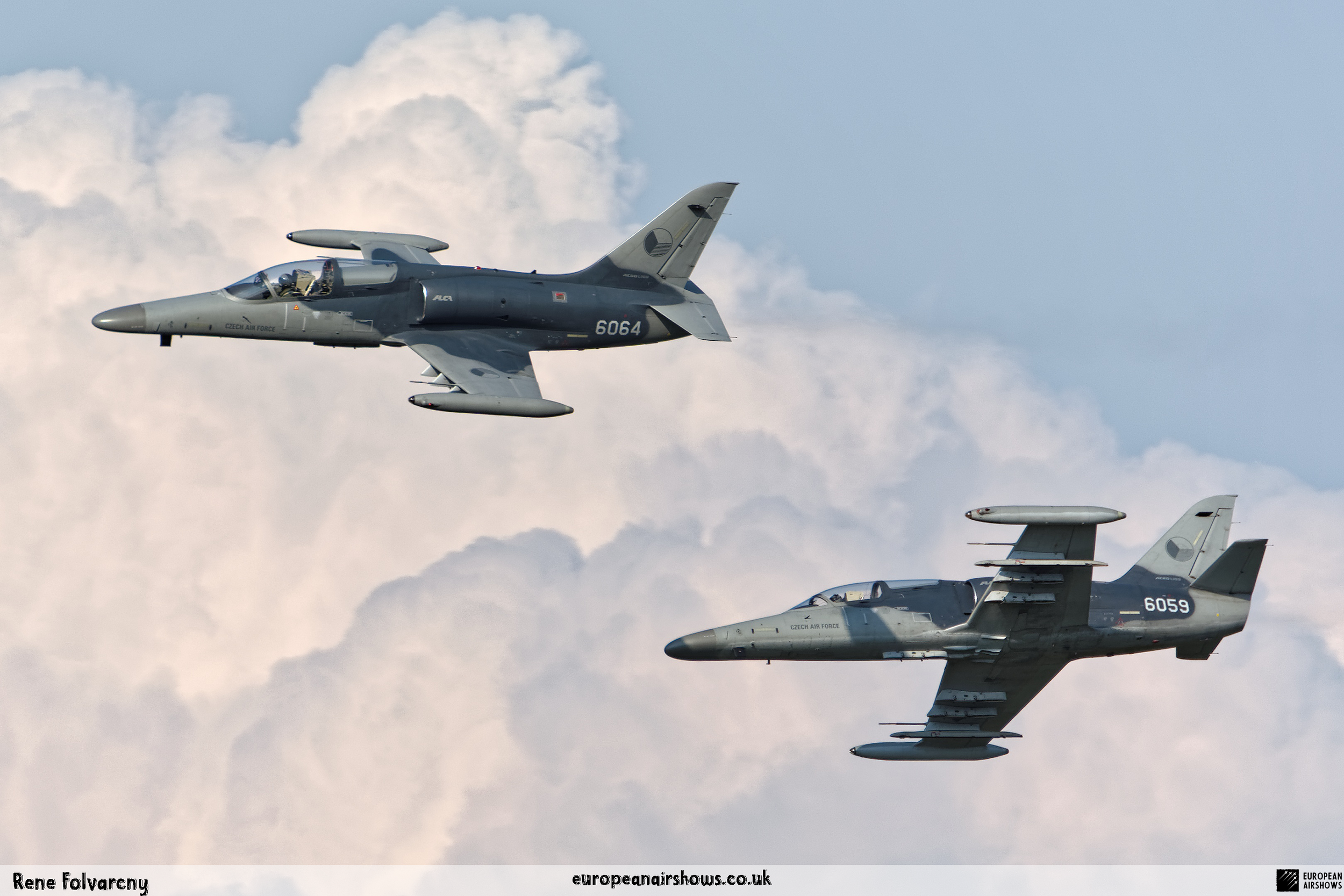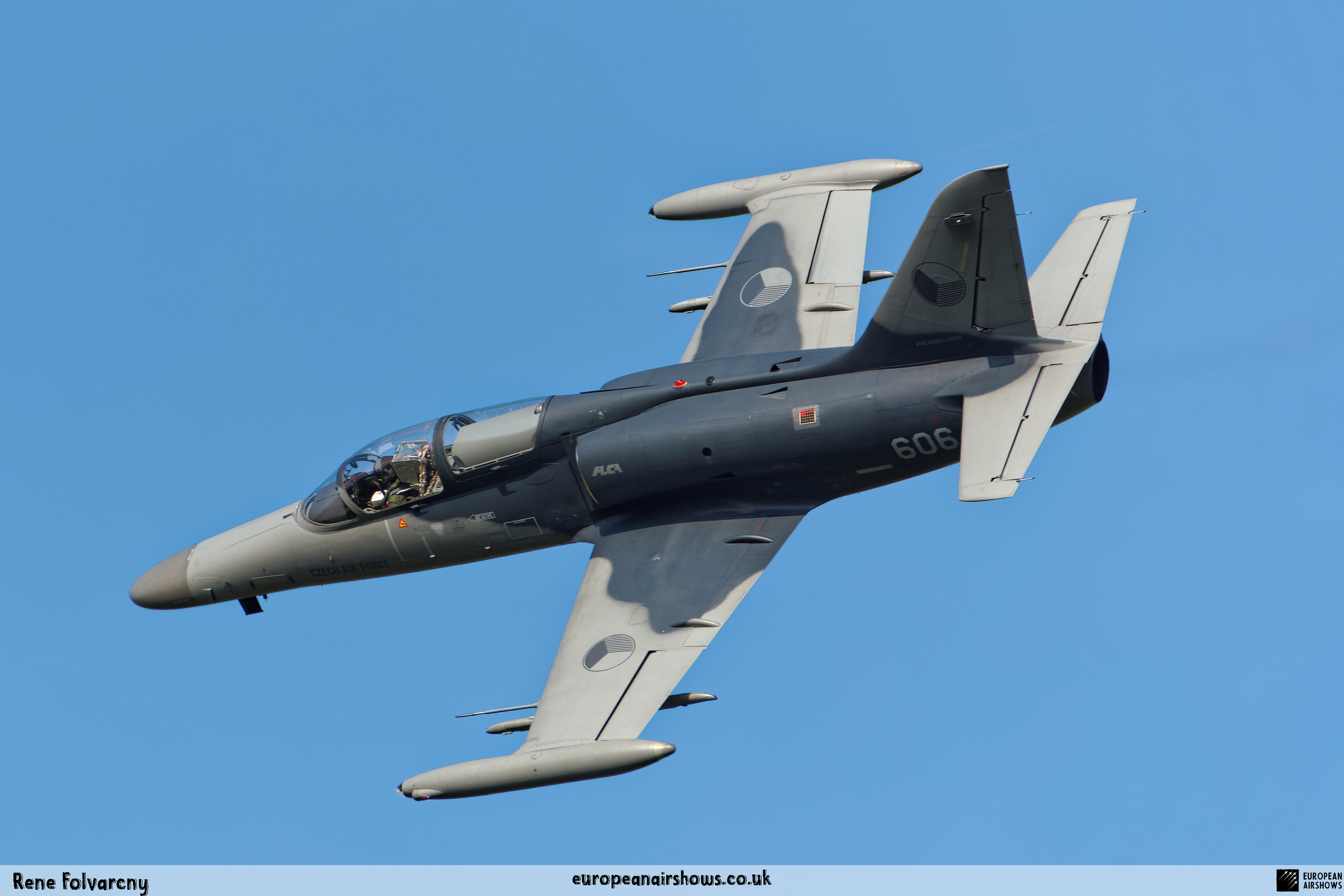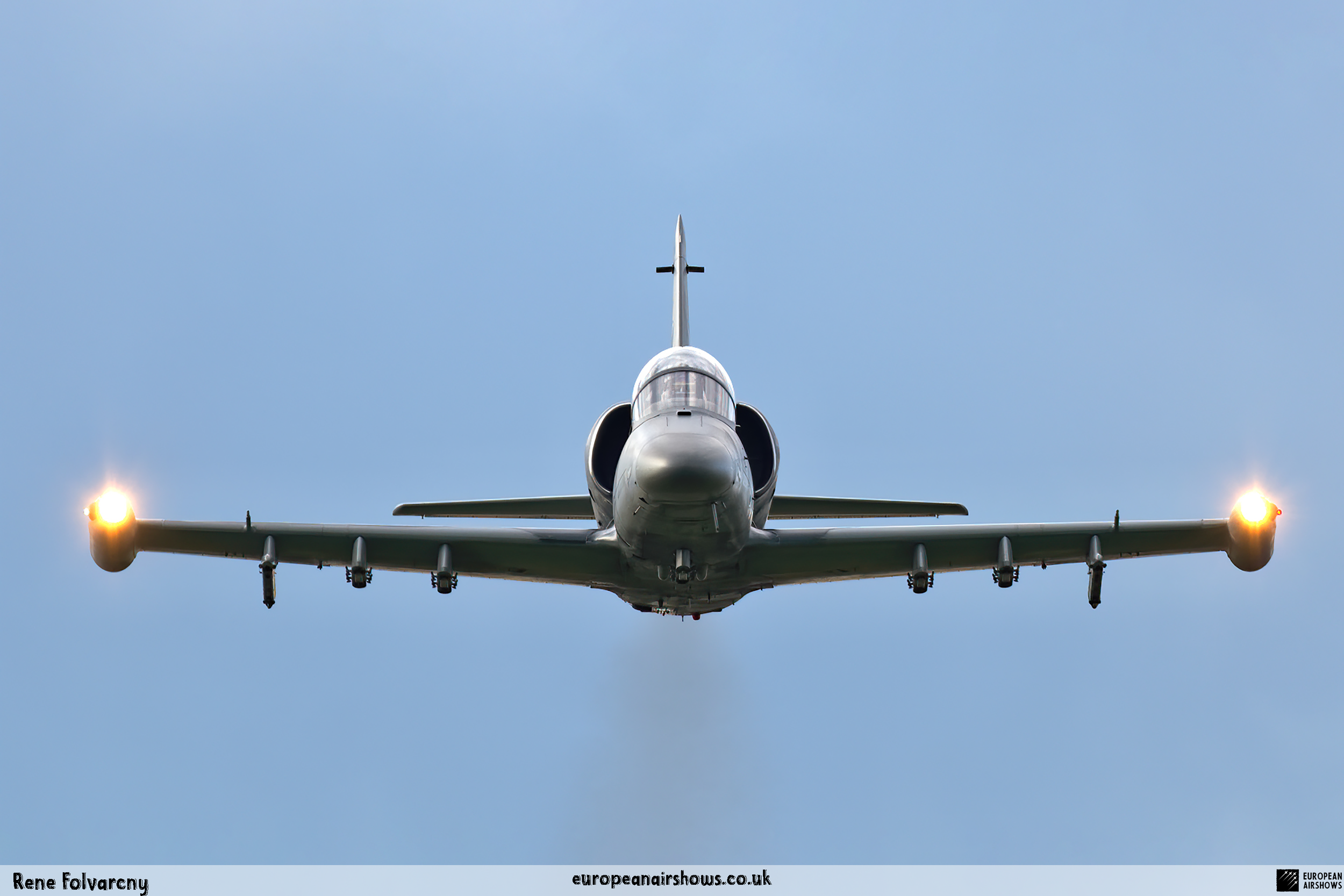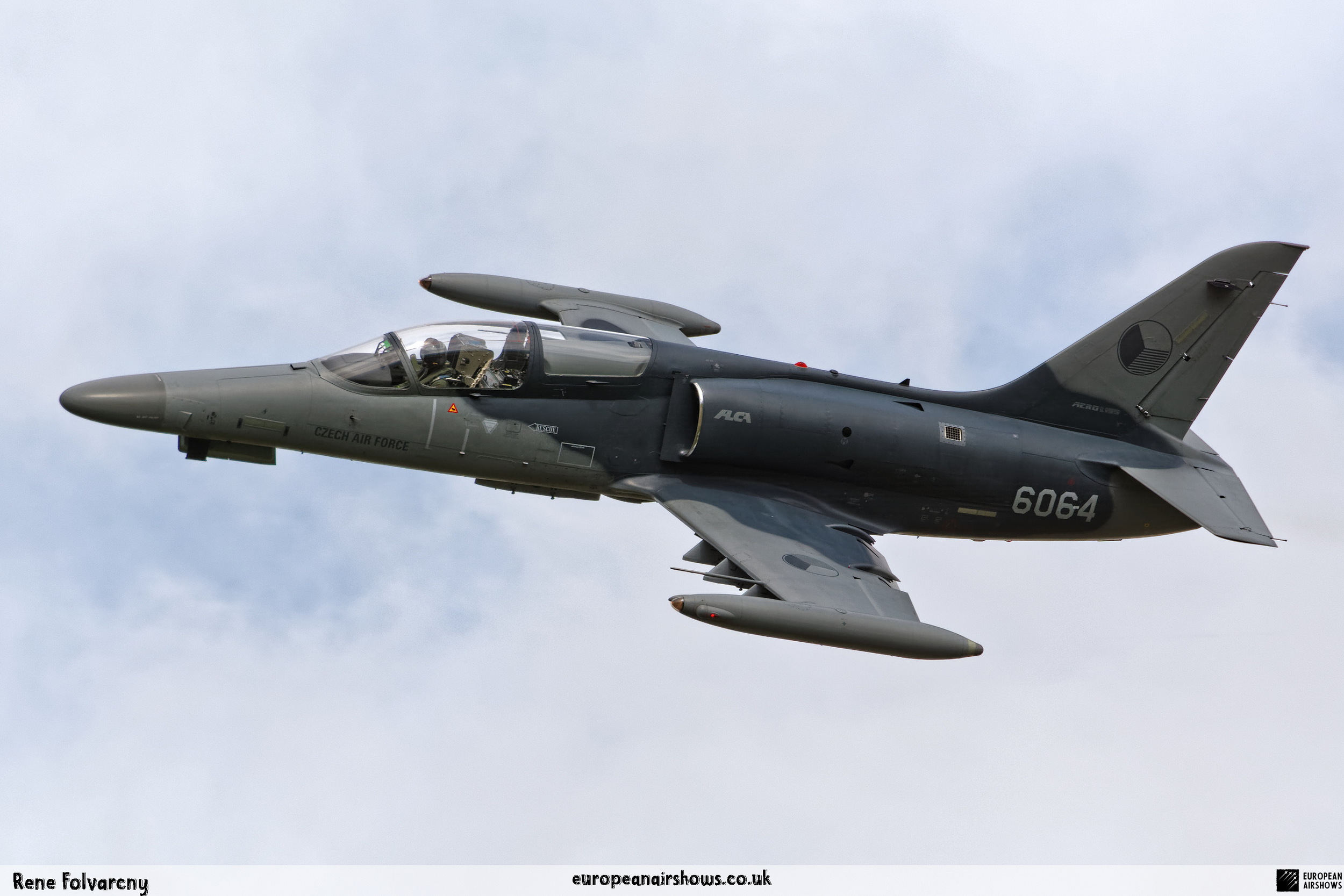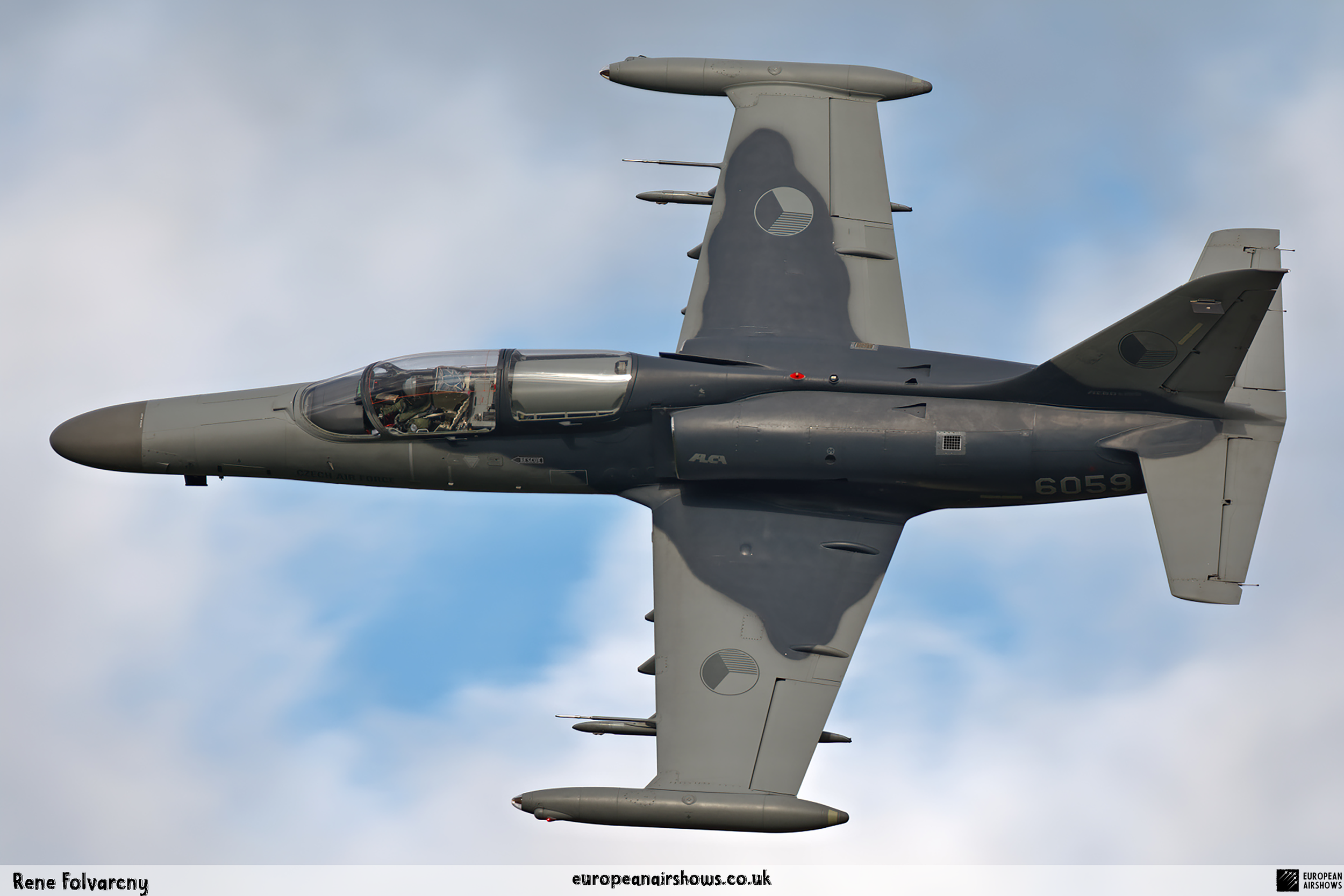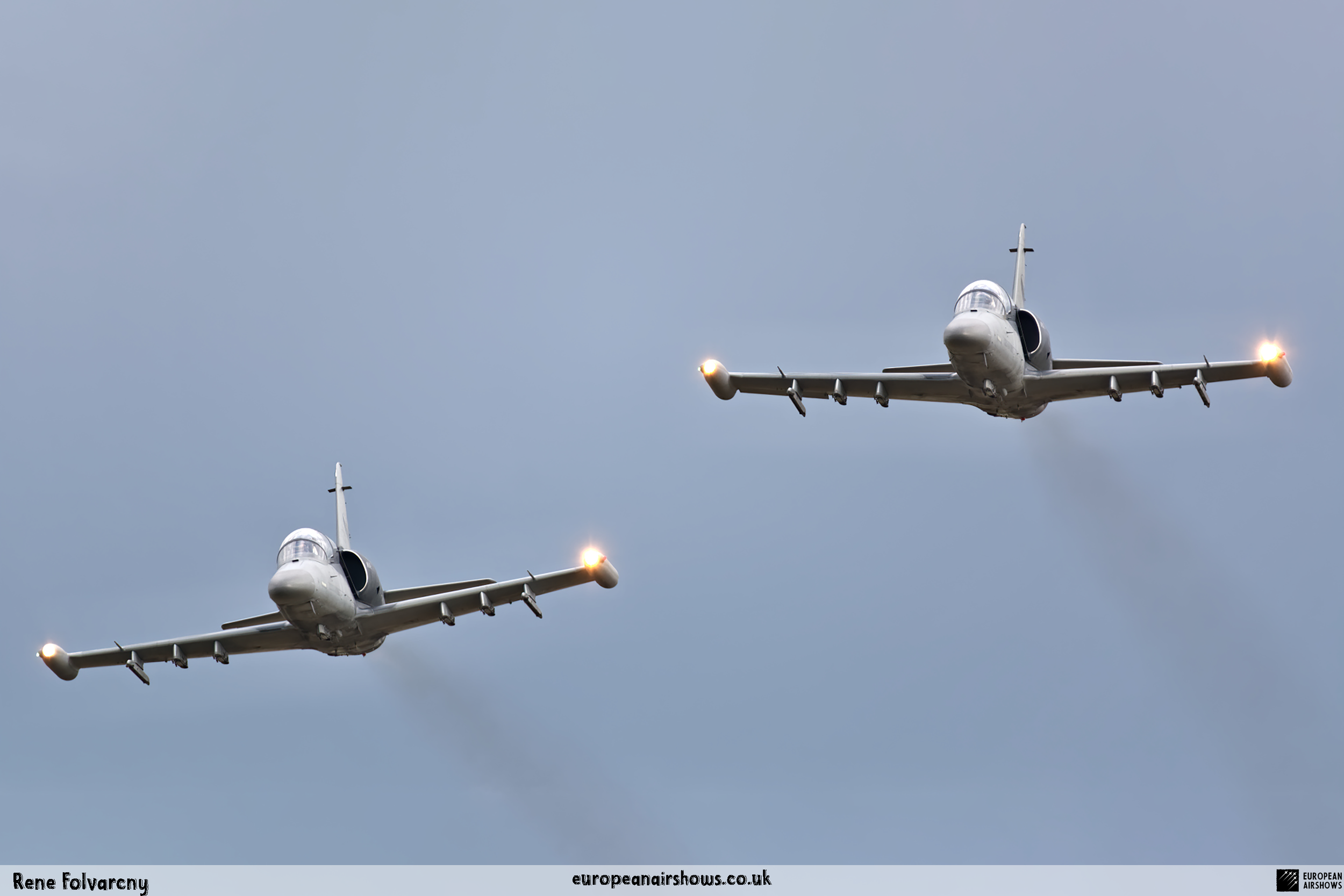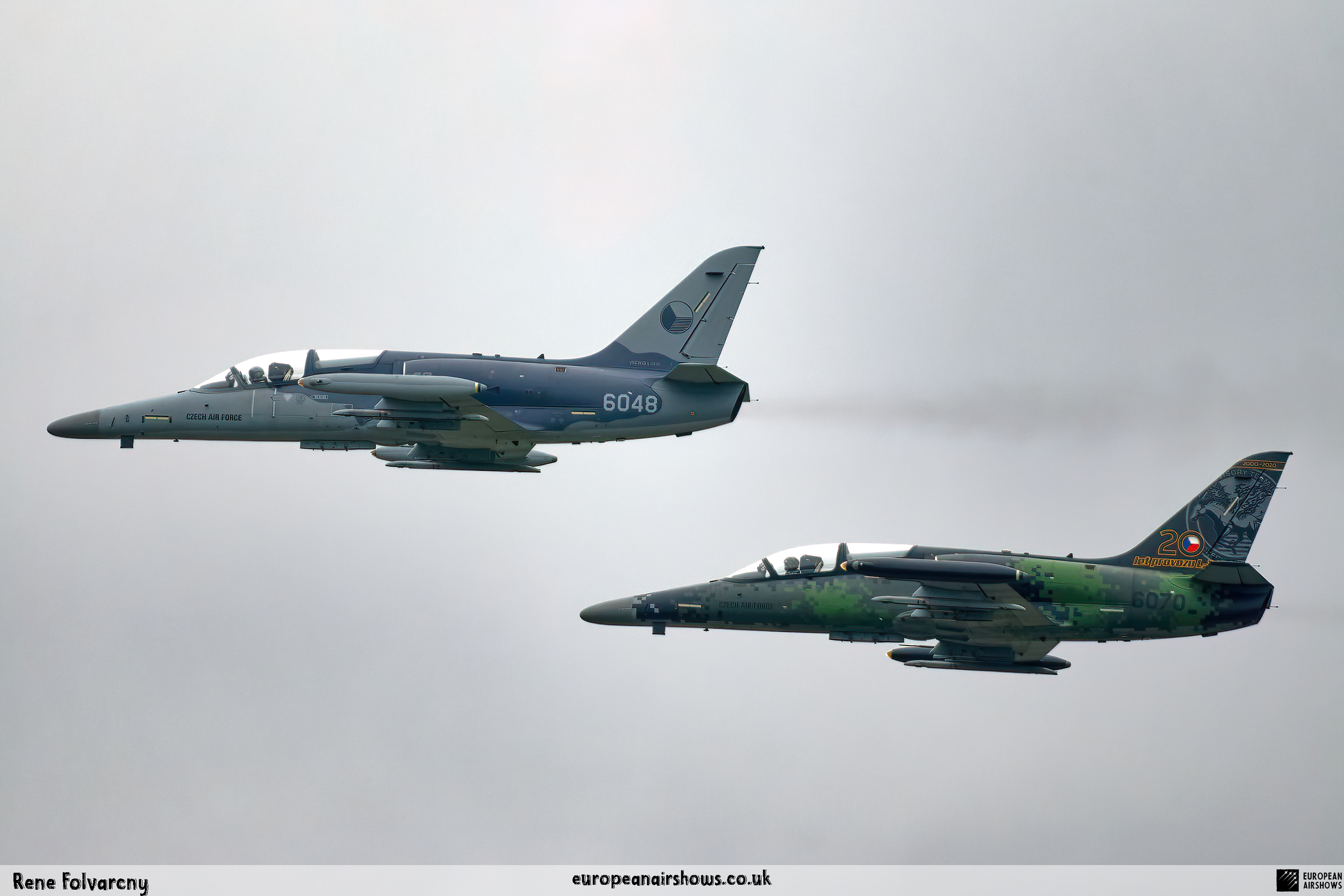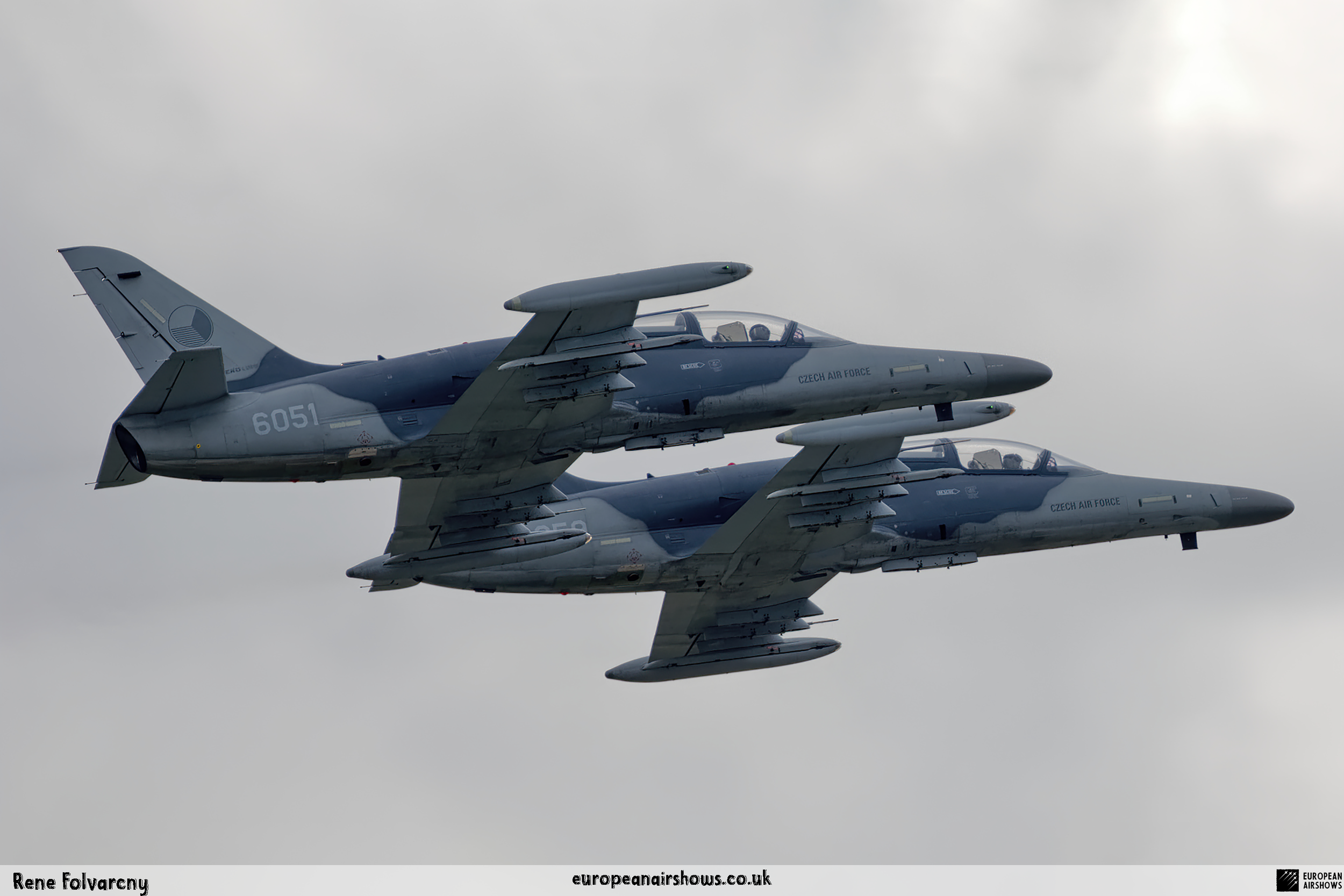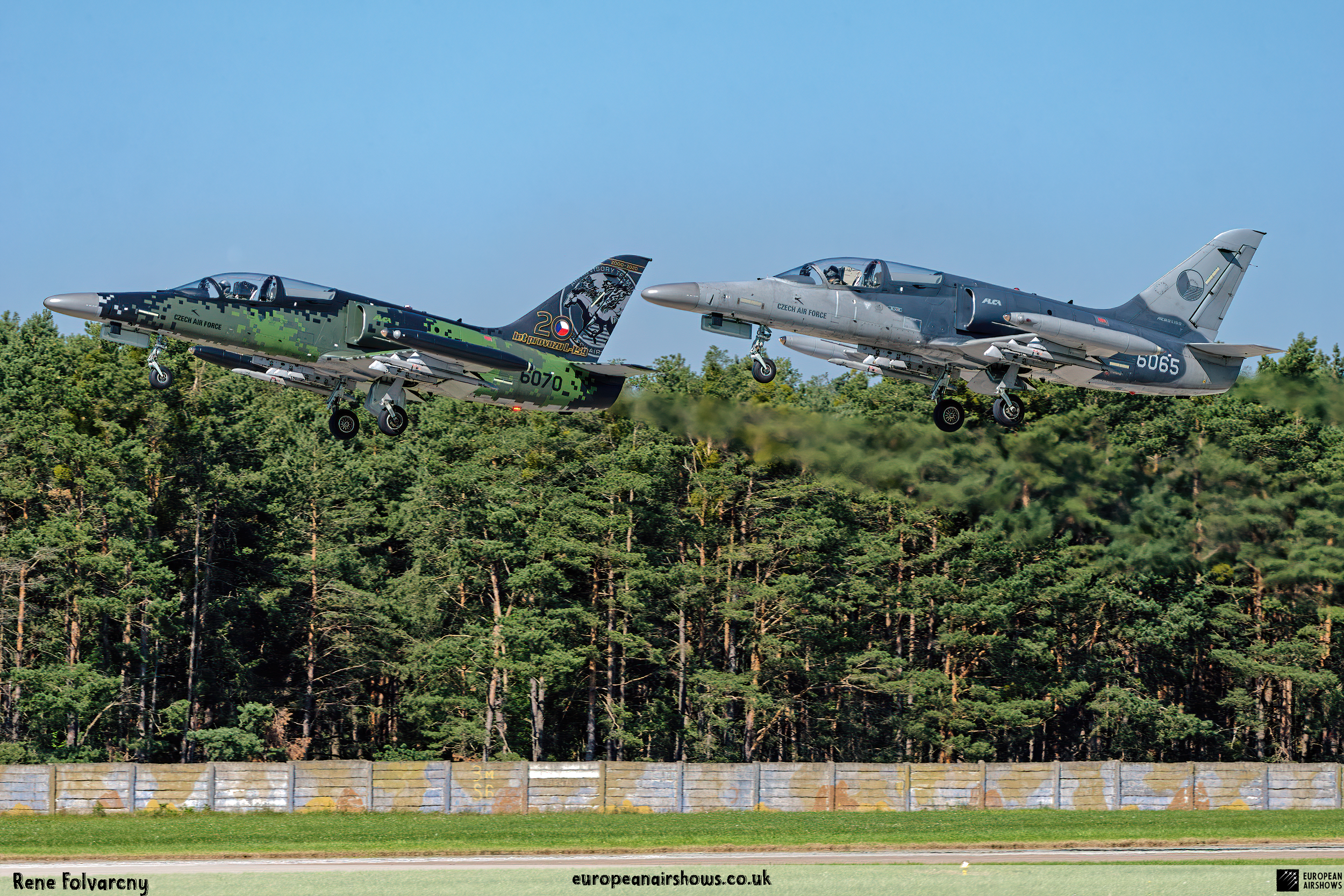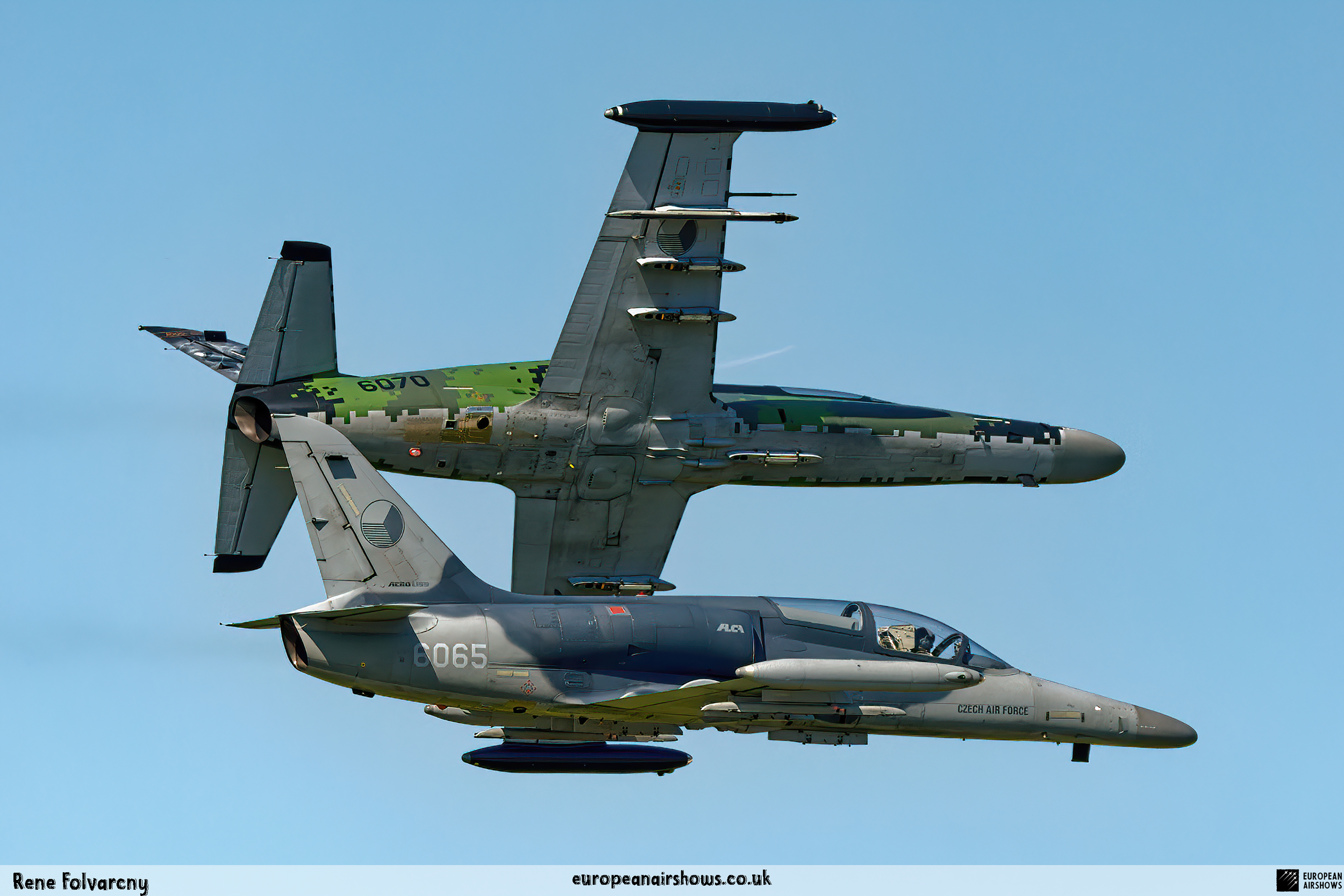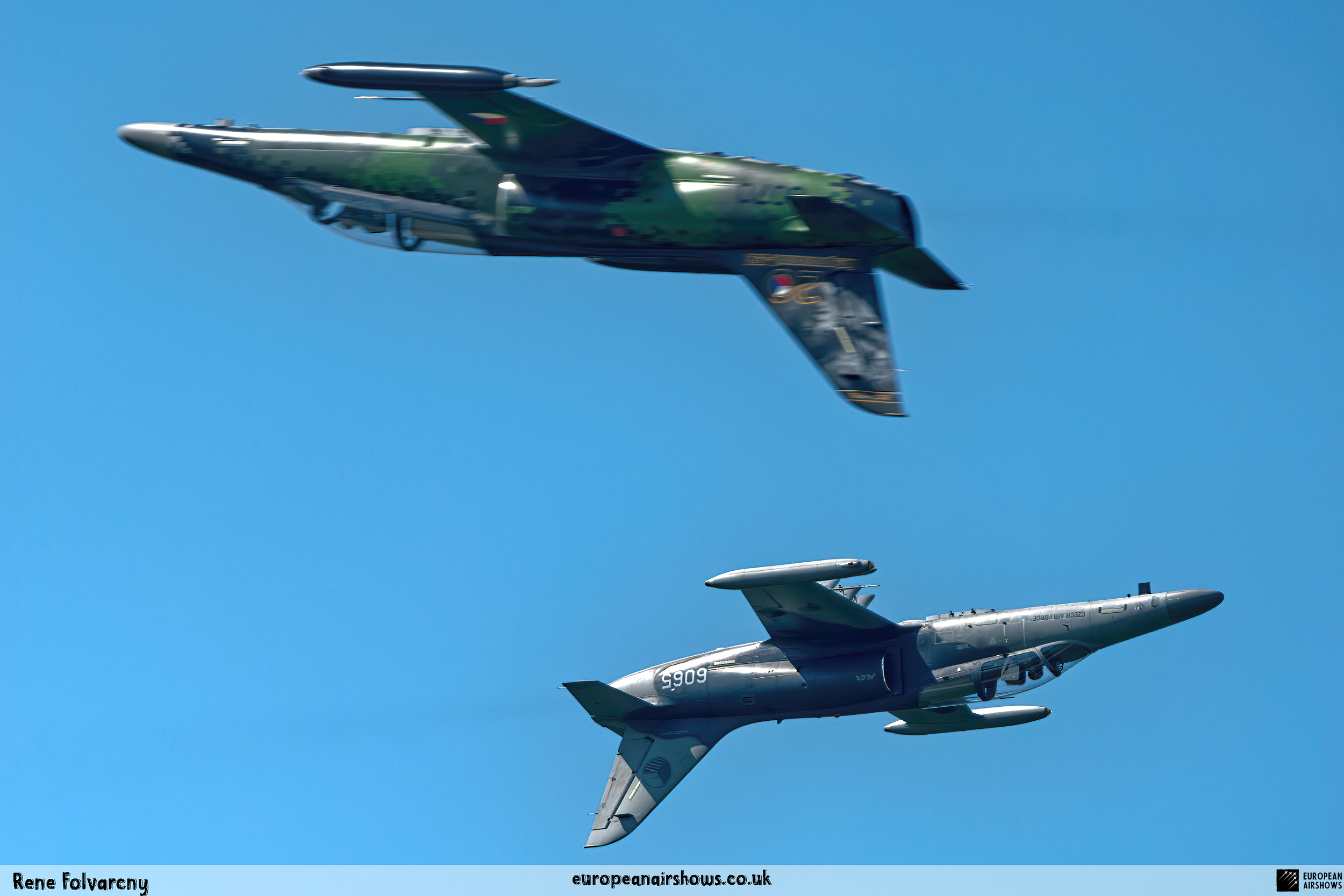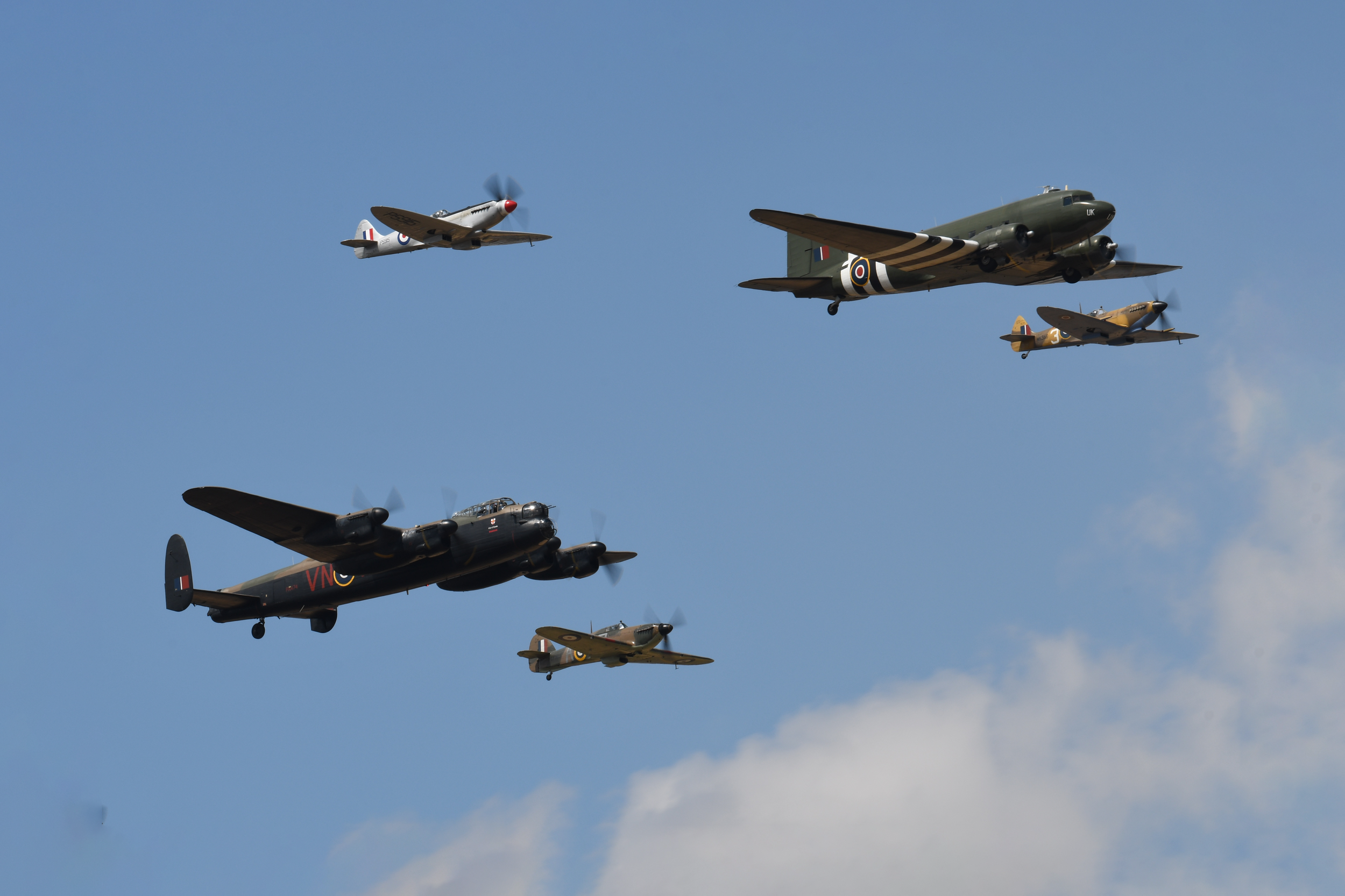Alca Role Demo
Country
Czechia
Size
2 Aircraft
Base
Caslav Air Base
The Alca Role Demo is a tactical demonstration team of the Czech Air Force. The team consists of two Aero L-159A ALCA aircraft from the 21st Tactical Air Force Base in Caslav and performs an airfield attack role demonstration, accompanied by ground-based pyrotechnics. Before the Alca Role Demo was formed the Czech Air Force had an Alca Solo Display Team that successfully performed for a number of years. The team was founded in 2016 and since then displayed at nearly all of the airshows in Czechia as well as a number of airshows all around Europe.
| Back to Top |
Aero Vodochody L-159A ALCA
The Aero L-159 ALCA (Advanced Light Combat Aircraft) is a subsonic light combat aircraft and advanced trainer developed in the single-seat L-159A and two-seat L-159B versions respectively, produced in the Czech Republic by Aero Vodochody. In 2003, the Czech Air Force fleet of 72 L-159A aircraft was reduced to 24 due to budget constraints. After several years of storage, the government has re-sold most of the redundant aircraft to both military and civilian operators, namely the Iraqi Air Force and Draken International.
The L-159 has seen active combat use by the Iraqi Air Force against ISIS. In Draken's service, the L-159 (colloquially known as "Honey Badger") has been employed as an aggressor aircraft. Since 2007, six L-159A aircraft have been rebuilt into T1 trainer derivatives. In 2017, Aero Vodochody unveiled a newly built L-159T1 for the Iraqi Air Force while the Czech Air Force is set to acquire L-159T2 two-seaters.
The L-159 ALCA is designed for the principal role of light combat aircraft (single-seat L-159A variant) or light attack jet and advanced/lead-in fighter trainer (two-seat L-159B and T variants). The design of the L-159 was derived from the L-39/59 in terms of aerodynamic configuration but a number of changes were made to improve its combat capabilities. These include strengthening of the airframe, reinforcing the cockpit with composite and ceramic ballistic armour and enlargement of the aircraft's nose to accommodate the radar. Compared to the L-59, the number of underwing pylons was increased from four to six, and a new hardpoint under the fuselage was added instead of a GSh-23L cannon.
The aircraft is powered by the non-afterburning Honeywell/ITEC F124-GA-100 turbofan engine with a maximum thrust of 28 kN. Almost 2,000 litres of fuel is stored in eight internal tanks (six in the fuselage, two at the wingtips) with up to four external drop tanks (two 500l and two 350l tanks) carried under the wings. The lightly armoured cockpit is equipped with a VS-2B ejection seat capable of catapulting the pilot at a zero flight level and zero speed. The aircraft's avionics, based on the MIL-STD-1553 databus, include Selex Navigation and Attack Suite, Ring Laser Gyro based Inertial Navigation System (INS) and Global Positioning System (GPS). Flight data are displayed both on the FV-3000 head-up display (HUD) and two multi-function displays (MFD).
Communications are provided by a pair of Collins ARC-182 transceivers. Self-protection of the L-159 is ensured by the Sky Guardian 200 radar warning receiver (RWR) and the Vinten Vicon 78 Series 455 chaff and flare dispenser. L-159A and T2 variants are equipped with the Italian FIAR Grifo L multi-mode Doppler radar for all-weather, day and night operations. All variants of L-159 are equipped with a total of seven hardpoints (one under-fuselage and six under-wing mountings), capable of carrying external loads up to 2,340 kg. The aircraft can be equipped with a variety of weapons ranging from unguided bombs and rocket pods to air-to-ground and air-to-air guided missiles or with special devices to conduct aerial reconnaissance or electronic warfare. For example, it is capable of carrying advanced targeting pods including the AN/AAQ-28(V) LITENING.
| Back to Top |
